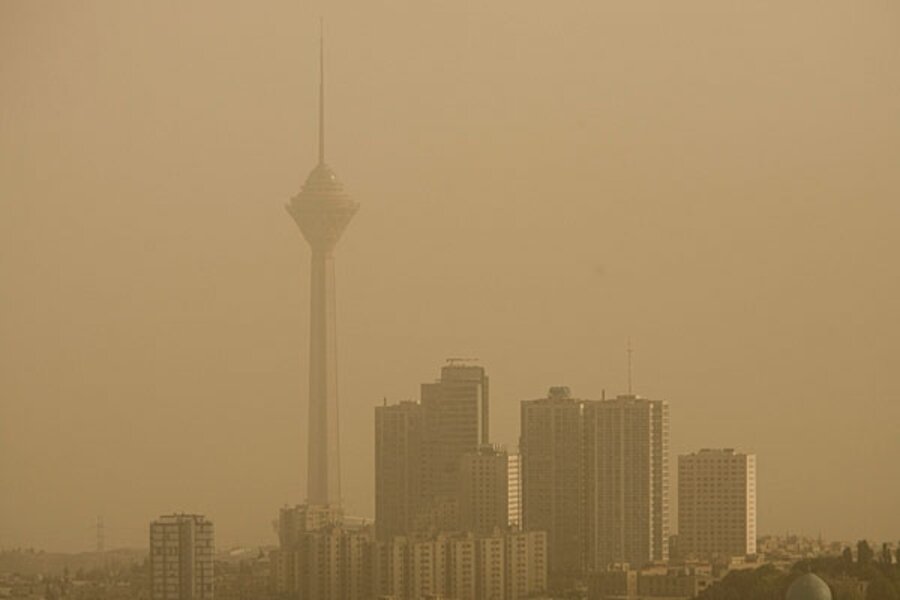Tiny particles with a huge environmental impact
Loading...
Dust is a conundrum for climate scientists. No sooner do they think they're getting a handle on its environmental impact than researchers discover more of its unexpected tricks.
Every year, dust blows up from deserts to cover high alpine meadows in mountains. The dust burden in these mountains now is five times greater than it was before the mid-19th century. That's mainly because of increased human activity in desert areas, according to a joint announcement of research from the University of Utah and Colorado State University. This heat-absorbing dust makes the mountain snow pack melt earlier than it used to.
Utah's Tom Painter noted that scientists already know that "earlier snowmelt by desert dust depletes the natural water reservoirs of mountain snow pacts and in turn affects the delivery of water to urban and agricultural areas." Now experiments he carried out with Colorado's Heidi Steltzer and colleagues show that the earlier snow melt timing may have a subtle yet potentially profound effect on the ecology of the high meadows. It encourages the alpine plants to synchronize their growth cycles instead of flowering at different times during the growing season. Dr. Steltzer says that this "synchronized growth was unexpected and may have adverse effects on plants, water quality, and wildlife" in ways not yet fully understood.
A tendency of plants to grow and bloom in lockstep would lead to a feast-and-famine ecology for both plants and animals, rather than one with resources distributed throughout the growing season. While this result is independent of global warming, such warming would enhance it. Steltzer explains that "with increasing dust deposition from drying and warming in the deserts under global warming, the composition of alpine meadows could change as some species increase in abundance, while others are lost, possibly forever."
Then there's the unexpected chemistry of soot. Scientists know that carbon-black particles, which soak up heat, are second only to CO2 as a driver of global warming. They also know that sulfate and nitrate particles, such as those spewed from volcanoes, reflect sunlight and cool the atmosphere. So some scientists have suggested artificially injecting such particles into the air to try to curb global warming.
Kimberly Prather at the University of California at San Diego and Ryan Moffet, who worked with her as a graduate student, don't think that's a good idea. They have carried out what Professor Prather calls "the first direct measurements of the optical properties of atmospheric soot." These data from air over Mexico City and Riverside, Calif., show that chemicals such as sulfate or nitrate react rapidly with soot particles. They quickly form a spherical shell on each particle that focuses sunlight. Instead of having a cooling effect, the sulfate enhances soot's heat-trapping ability by 60 percent. A completely unexpected result.
Details of these two studies, published in late June by the Proceedings of the National Academy of Sciences online, show how tricky it is for scientists to assess the environmental effects of airborne particles. Dust on your desk is a nuisance, but you can clean it up. Dust in the atmosphere is more than a nuisance: It is a major – and poorly understood – player in 21st-century environmental change.





